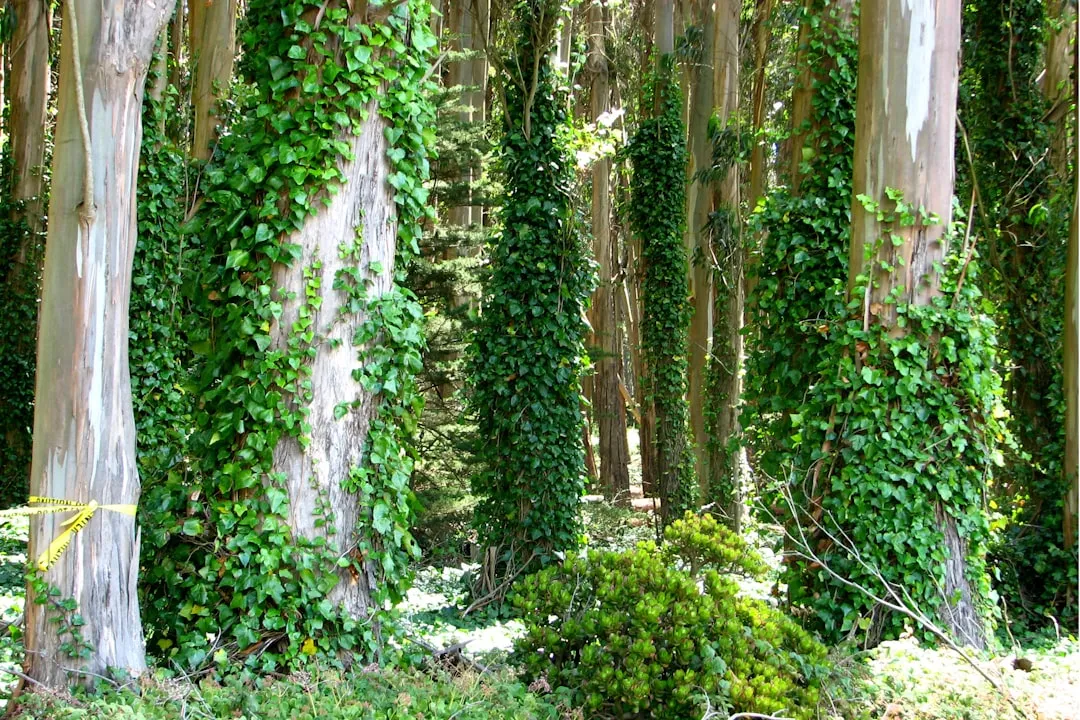Transform Your Garden into a Wildflower Paradise

Creating a garden filled with wildflowers is a rewarding endeavor that not only adds beauty to your outdoor space but also supports local ecosystems. Here are some essential tips on selecting seeds, planting, and caring for wildflowers, along with a natural way to scatter seeds.
Selecting the Right Seeds
The first step in creating a wildflower garden is choosing the right seeds. Consider the following factors:
- Climate and Region: Select seeds that are native to your area. Native wildflowers are adapted to the local climate, soil conditions, and wildlife, making them more likely to thrive. For example, if you live in a dry, arid region, look for drought - tolerant wildflower seeds such as California poppies or desert marigolds. In a wetter, more temperate climate, species like bluebells or foxgloves may be a better choice.
- Sunlight Requirements: Determine how much sunlight your garden receives throughout the day. Some wildflowers, like black - eyed Susans, require full sun, while others, such as bleeding hearts, prefer partial shade. Make sure to match the sun requirements of the seeds with the conditions in your garden.
- Flowering Time: To have a continuous display of flowers throughout the growing season, choose a mix of early, mid, and late - blooming wildflowers. Early bloomers like crocuses can add color in the spring, while late - season flowers like asters can keep your garden vibrant into the fall.
Planting Wildflower Seeds
Once you have selected your seeds, it's time to plant them. Follow these steps for successful planting:
- Prepare the Soil: Clear the area of any weeds, rocks, or debris. Loosen the soil to a depth of about 6 - 8 inches using a garden fork or tiller. This will allow the wildflower roots to penetrate easily. If your soil is poor, you can add some organic matter, such as compost or well - rotted manure, to improve its fertility and drainage.
- Scatter the Seeds: There are two main ways to scatter wildflower seeds. One method is to mix the seeds with sand or vermiculite to help distribute them more evenly. Another natural way is to mimic the way seeds are spread in the wild. You can gently shake the seed packet over the prepared soil, allowing the seeds to fall randomly. Aim for a density of about 1 - 2 grams of seeds per square foot, depending on the type of wildflowers.
- Cover the Seeds: After scattering the seeds, lightly rake the soil to cover them with a thin layer (about 1/8 - 1/4 inch) of soil. This will protect the seeds from birds and help them stay in place. Avoid covering the seeds too deeply, as they need light to germinate.
- Water the Area: Water the seeded area gently but thoroughly. Keep the soil moist but not waterlogged until the seeds germinate, which usually takes 1 - 3 weeks, depending on the species.
Caring for Your Wildflower Garden
Once your wildflowers have germinated, proper care is essential to ensure their long - term success:
- Watering: During the first few weeks after germination, water the wildflowers regularly to help them establish strong roots. After that, most native wildflowers are relatively drought - tolerant and only need watering during extended dry periods. However, newly planted wildflowers may need more frequent watering, especially in hot, dry weather.
- Weeding: Keep an eye out for weeds and remove them as soon as you see them. Weeds can compete with wildflowers for nutrients, water, and sunlight. Be careful when weeding around young wildflowers to avoid disturbing their roots.
- Deadheading: To encourage more blooms and prevent the wildflowers from going to seed too quickly, deadhead (remove the spent flowers) regularly. This will also keep your garden looking tidy.
- Pruning: In the fall, after the wildflowers have finished blooming, you can cut back the dead stems to about 2 - 3 inches above the ground. This will help the plants conserve energy and prepare for the next growing season.
By following these tips on selecting seeds, planting, and caring for wildflowers, you can create a beautiful and sustainable wildflower garden that will bring joy to you and benefit the local environment for years to come. So, go ahead and start transforming your garden into a wildflower paradise!